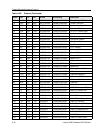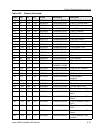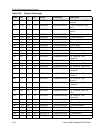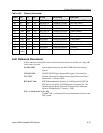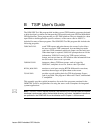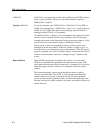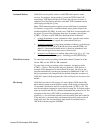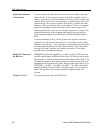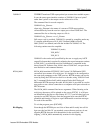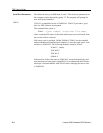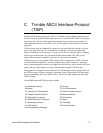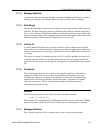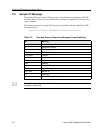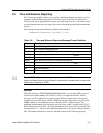
B-4 Lassen-SK8 Embedded GPS Module
TSIP User's Guide
Quick-Start Almanac
Get and Load
A stored almanac can allow the receiver to be “warm-started”, reducing
time to first fix. If the receiver is started 'cold', with no almanac data in
memory, it performs a search for satellites in the sky, which can take a few
minutes. If the receiver has a recent almanac of satellite orbits, fixes begin
within a minute. The receiver responds most quickly if loaded with time,
frequency offset, last position, and a recent almanac. There is a command
sequence for getting an almanac from the receiver and storing in a file
named GPSALM.DAT, and a reverse command sequence for reading a file
named GPSALM.DAT on the computer and loading it into the receiver.
These command sequences use the Packet 0x38 and the Report Packet
0x58.
Use the exclamation point (!) for the get-and-store sequence, and the at
symbol (@) for the read-and-load sequence'. It is useful to record a fresh
almanac every few days. A new almanac is available after the receiver has
been operating continuously for about fifteen minutes. Check the health
message to see that “Almanac not complete and current” is no longer
reported before recording the almanac.
Setting PC Time from
the Receiver
TSIPCHAT includes the capability to set the PC clock to UTC time from
the GPS satellite signal. (GPS time differs from UTC time by leap seconds.)
The keystroke 'z' requests a time set Packet 0x21, Report Packet 0x41). The
first time the request is made during execution of the program, the user is
prompted for the local time zone offset. The user time zone offset is '0' for
UTC/GMT; -5 for EST, -4 for EDT; -8 for PST, -7 for PDT; and positive
numbers if ahead of (east of) GMT. Allowable range is 13 hours, plus or
minus. The accuracy of this software method is approximately ±0.5
seconds.
Exiting TSIPCHAT To exit the program, hit the [EXCAPE] key.



